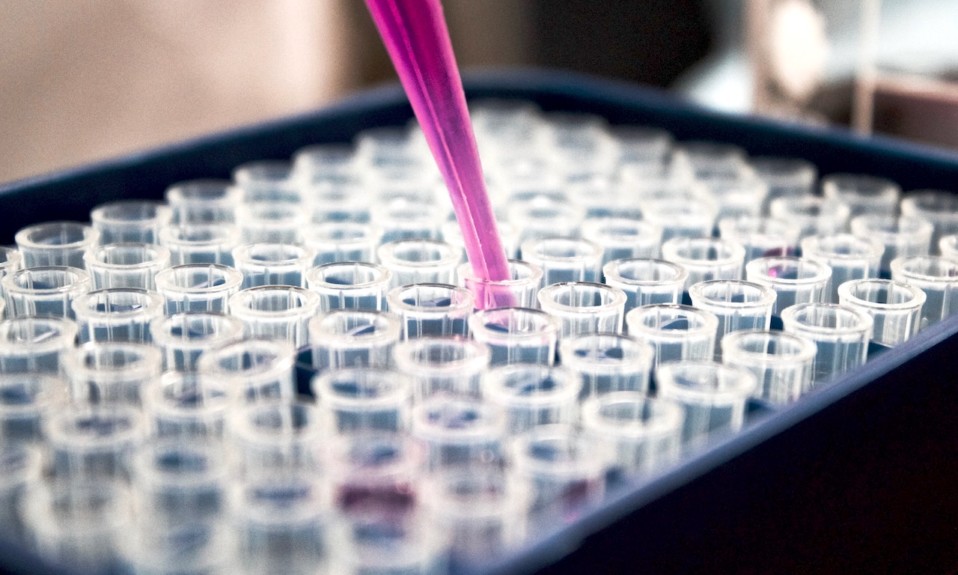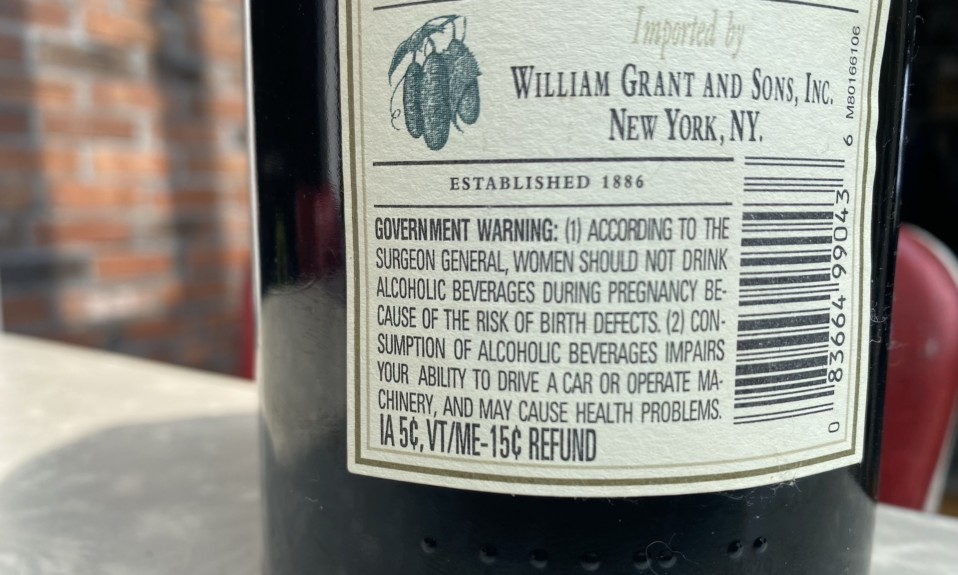Plus: Promising results for digital SUD therapy, and a novel ER intervention for heavy drinkers
By Mark Mravic
In recent decades, monoclonal antibodies (mAbs) have become a valuable part of the treatment toolkit for a range of conditions, from certain types of cancer to inflammatory and auto-immune disorders, multiple sclerosis and even migraines. During the pandemic, monoclonal antibodies emerged as a COVID-19 therapy for people with immune deficiencies, and mAbs are the subject of intense research as a possible Alzheimer’s treatment. Now scientists at Scripps Research believe they’ve found a monoclonal antibody that could neutralize heroin, blunting both its psychoactive effects and its lethality. And other opioids such as fentanyl are also in their sights.
Additionally this week, we look at Pear Therapeutic’s reSET digital therapy, which shows promising real-world effectiveness for people in recovery from SUD, and a simple ER intervention that could reduce long-term heavy drinking.
From ACS Central Science:
A Monoclonal Antibody to Target Heroin

Scientists at Scripps Research in San Diego have discovered a monoclonal antibody that is surprisingly effective at blocking heroin’s painkilling effect, as well as its dangerous slowing of heart and breathing rates—the primary cause of overdose death. In a study involving mice, Scripps professor Kim Janda, PhD, and his team discovered a particular antibody, 11D12, that binds to the heroin molecule and neutralizes its mood-altering and physiological effects. While past research has focused on heroin metabolites 6-acetylmorphine and morphine—into which the body rapidly converts heroin—as targets for therapy, this study suggests that heroin itself is the better target. “The focus on the metabolites basically misguided the field,” Janda said in a release. “Our report will reset research in a direction where successful clinical trials should now be achievable.”
Adding to the promise, the Scripps team found that a single dose of the antibody remained active in the system for weeks, contrasting with existing pharmaceutical treatments for opioids that disappear in a matter of hours. The antibody’s persistence could be an advantage in treating addiction—for instance, one could envision a potential therapy involving biweekly monoclonal antibody infusions, rather than the daily doses of buprenorphine or methadone that are the current treatment standard.
The next step for the Scripps team will be to create and test a human version of the heroin antibody. Intriguingly, Janda and his colleagues have concurrently been developing a human monoclonal antibody that neutralizes fentanyl, carfentanil and other synthetic opioids.
“This is the first report of a mAb that can significantly protect against lethal doses of heroin and suggests a necessary paradigm shift for future development of effective immunopharmacotherapy against heroin,” the study reads.
From The American Journal on Addictions:
Encouraging Data for Pear’s reSET Therapy
The COVID-19 pandemic shed light on the need to expand treatment options for substance use disorder (SUD) beyond traditional brick-and-mortar clinical and counseling settings. One such option is Pear Therapeutics’ reSET, an FDA-approved prescription digital therapy (PDT) that delivers cognitive behavioral therapy, relapse prevention strategies, contingency management and other resources to people in recovery. The technology also automatically records engagement, retention and substance use data, in the form of self-reporting and drug urine results, that are accessible to clinicians overseeing the treatment through a digital dashboard.
So, how effective is such an intervention? A recent real-world study looked at 602 patients, across 28 states and from a wide demographic range, who filled a 12-week reSET prescription and engaged with the therapy at least once. Substances for which patients were being treated included alcohol (47%), opioids (18%), stimulants (13%), cannabis (8%) and cocaine (7%).
Of the 61 lessons in the prescription—31 “core” and 30 “supplemental”—the study found that the median number completed was 33, and that 52% of patients finished all 31 core lessons. Treatment retention in weeks 9 through 12—counted as engaging with some aspect of the technology at least once—was 75%, including 55% in week 12. Some 62% of patients were abstinent in the final four weeks, and that was using the conservative measure that considered missing data as a positive urine screen. According to the study, that abstinence rate is higher than in the clinical trials that resulted in reSET’s FDA approval, as well as in other PDT studies. Early and consistent engagement was associated with higher rates of both retention and abstinence at the end of treatment: Of the 258 patients (43%) who fully followed the prescription to complete four or more lessons a week for the first four weeks, 92% were retained at 12 weeks and 82% were abstinent.
The study notes, “With only 6.5% of patients with SUD receiving any treatment, and high levels of attrition among patients who do receive treatment, a therapeutic that can be conveniently used throughout the day (i.e., outside of typical clinic hours) and is associated with high rates of engagement and retention, offers the potential for overcoming existing limitations in addiction treatment programs.”
Added Pear chief medical officer Yuri Maricich, MD, “The high rates of engagement and retention we observed in this analysis are especially encouraging as they demonstrate the potential benefit of reSET in treating patients in diverse and naturalistic real-world settings with substance use disorder, a population in need of effective therapies.”
From The Jama Network:
ER Intervention Can Reduce Hard Drinking
Amid the often chaotic environment of an emergency room, clinicians treating a patient who comes in noticeably drunk may not consider the larger picture and the potential to address long-term alcohol use disorder (AUD). A study out of Switzerland suggests that a minimally invasive intervention has the potential to positively influence the future behavior of young alcohol-impaired people presenting in an ER.
“A brief motivational intervention model implemented in the emergency department among intoxicated young adults can have a beneficial effect on heavy drinking, which is a major public health concern.”
—Swiss ER study
The study followed 306 patients aged 18 to 34 who turned up in an emergency department over a 30-month period for any cause and who were diagnosed with alcohol intoxication. Typical intervention for such a patient would involve brief advice (BA)—a recommendation to cut down on drinking and referrals to AUD services. The study looked at how a slightly longer motivational intervention (MI)—exploring the patient’s current situation, discussing possible futures and planning for change—plus three follow-up booster sessions by phone could influence long-term results.
Patients were randomized to the BA or MI interventions and followed up at 1-, 3-, 6- and 12-month intervals. The findings indicated that, while alcohol use did not decline overall, patients in the motivational intervention had fewer days of heavy drinking—perhaps the most problematic aspect of AUD—over the ensuing 12 months, compared to the control group. Moreover, patients in the MI group were more likely to seek AUD treatment. The study authors write, “These findings suggest that a brief motivational intervention model implemented in the emergency department among intoxicated young adults can have a beneficial effect on heavy drinking, which is a major public health concern.”
Photos: Scripps Research













